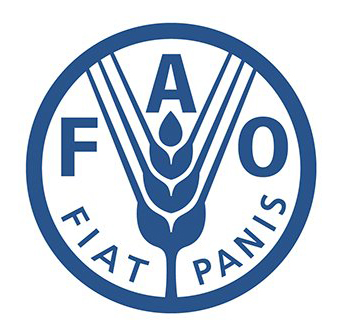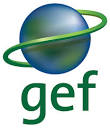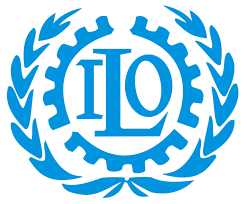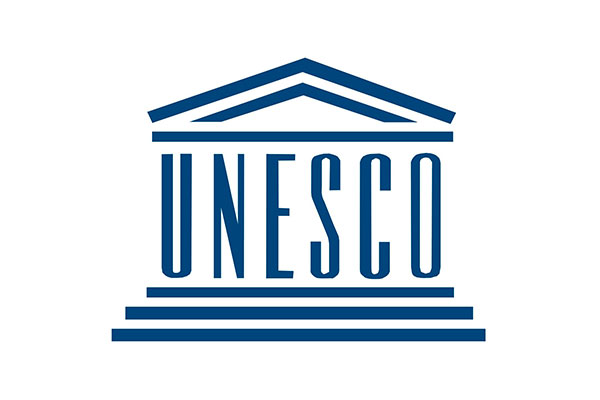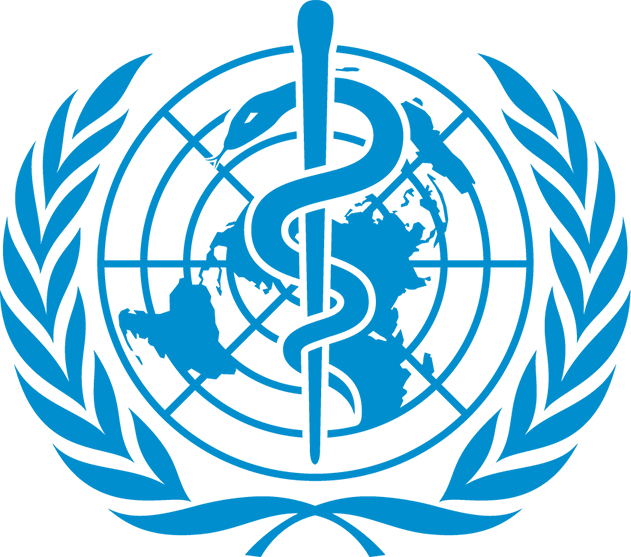
World Health Organization
Nepal became a member of WHO and joined South East Asia Region by becoming a party to the Constitution in 1953. WHO is concerned with international public health and provides leadership on health issues. WHO Cooperation Strategies (2018-2022) focuses to reduce mortality and morbidity from communicable diseases in Nepal.
Organization
The World Health Organization (WHO) is a specialized agency of the United Nations that is concerned with international public health. It was established on 22 July 1946 by the representatives of 61 States and entered into force on 7 April 1948 after the first meeting of the World Health Assembly. The WHO is a member of the UN Development Group and its predecessor, the Health Organization, was an agency of the League of Nations.
WHO helps people around the globe by providing leadership on matters critical to health and engaging in partnerships where joint action is needed; setting norms/standards and promoting their implementation; articulating ethical and evidence-based policy options; providing technical support, and building sustainable institutional capacity; and monitoring the health situation and assessing health trends.
The World Health Assembly is the supreme decision-making body for WHO. It generally meets in Geneva in May each year to determine the policies of the organization and is attended by delegations from all 194 Member States. The three strategic priorities of the Program of work 13th are achieving universal health coverage, addressing health emergencies and promoting healthier population. The total programme budget 2020–2021 amounts to US$ 4.84 billion.
Development Cooperation
Nepal became a member of WHO in September 1953 by becoming a party to the Constitution, joining the South East Asia Region (SEAR).[1] Later, in 1954, WHO established its Country Office in Kathmandu. Since then it has been working in collaboration with the Government of Nepal for developing health systems and improving health outcomes for the population.
A recent major contribution of WHO in Nepal was the handing over of the Regional Health Emergency Operation Centre (RHEOC) in Doti to the Far-Western Regional Health Directorate on 24 November 2017. Other key areas of focus include the decentralized district health system as well as support to improve epidemiological surveillance with regard to malaria, Japanese encephalitis, HIV/AIDS, polio eradication and leprosy elimination.
Disbursement during FYs 2016/17 to 2020/21 (in US$)
Over the last five-year period beginning from FY 2016/17 to FY 2020/21, US$ 19.9 million of ODA was disbursed to Nepal from WHO. The highest level of disbursement took place in FY 2020/21, at US$ 8.1 million. Likewise, the lowest level of disbursement, US $ 2.3 was made in fiscal year 2016/17. The annual average disbursement in the five-year period is US $ 3.99 million.
WHO had committed to make available of US $ 25.9 million to the government of Nepal through five separate agreements in over last five-year. Highest level of commitment of annual support was of US $ 11.3 million in fiscal year 2020/21, whereas the lowest level of aid commitment was of US $ 3.0 million in fiscal year 2017/18. But there is no direct year to year relationship between the amount of commitment and of disbursement.
|
Fiscal Year |
Agreement Amount |
Disbursement |
|
2015/16 |
5,106,635 |
2,395,241 |
|
2016/17 |
3,099,335 |
3,099,335 |
|
2017/18 |
3285473 |
3,285,473 |
|
2018/19 |
3,108,016 |
3,108,016 |
|
2019/20 |
11,305,859 |
8,097,568 |
Source: Aid Management Information System
Note: The Agreement Amount is not comparable with disbursement because disbursement here accounts for disbursement of each fiscal year only, whereas Agreement Amount refers to the project cost over the period (not only for single fiscal year but also beyond).
Country Partnership Strategy
Nepal and WHO have developed a Country Cooperation Strategies (2018-2022) which has outlined four different strategic priorities - a. Advancing universal health coverage in a federalized governance structure, b. Effective delivery of priority public health programmes, c. Enhance health security and disaster preparedness and response, d. Multi-sectoral engagement and partnerships for improved health outcomes.
In addition, the WHO’s main focus areas for cooperation with Nepal are to reduce mortality and morbidity from communicable diseases including vaccine-preventable diseases, and to achieve disease eradication, elimination and control targets of communicable diseases; to support prevention and control of major non-communicable diseases through the primary health care approach.
Updated
Forest and Environment Sector/ IECCD
January 2022
References
- WHO: http://www.who.int/en/
- WHO Country Office, Nepal: http://www.searo.who.int/nepal/about/history/en/
- https://apps.who.int/iris/bitstream/handle/10665/272476/9789290226413-pdf
[1] WHO’s South East Asia Regioncomprises a group of 11 states/countries including Bangladesh, India, Indonesia, Nepal, Sri Lanka, Thailand, Bhutan, DPR Korea, Myanmar, Maldives and Timor-Leste.

